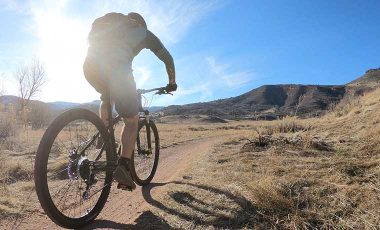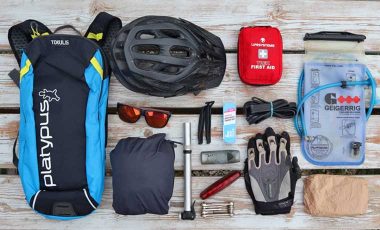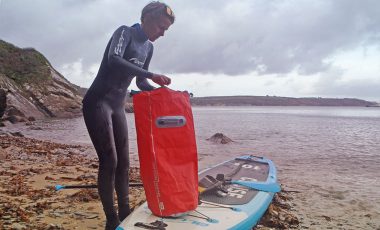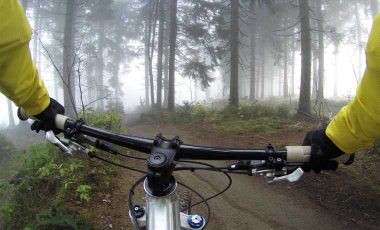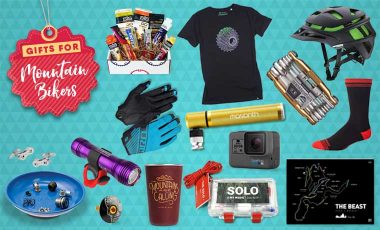The popularity of mountain biking is growing with each passing day. Some people pursue it as a full-time sport, while others prefer to engage in it as more of a hobby. If you have been considering either one of these alternatives, here is everything that you need to know about MTB, from how to start with what the different types are.
Who is mountain biking for?
Mountain biking is a pleasant sport that both kids and adults can enjoy. In fact, you are allowed to enter professional competitions when you are as young as ten, provided you have trained beforehand. In a nutshell, anyone above the age of eight can do it, as long as they own, can borrow or can hire a reliable beginner bike, and have a desire to learn.
Where can you mountain bike?
MTB can be pursued in many locations all across the globe. Specialized trails and vast bike parks exist in multiple locations. The United States is a popular destination for the sport, with enthusiasts gathering in propitious states such as California, Utah, Colorado, North Carolina, and Idaho.
Canada, New Zealand or Australia are some other English-speaking lands that offer amazing scenery for riders to be challenged by. Europe also has its fair share of opportune terrain, with countries such as Norway, France, and the United Kingdom leading the game. Simply put, you can pursue the sport anywhere there is a designated outdoors path for it.
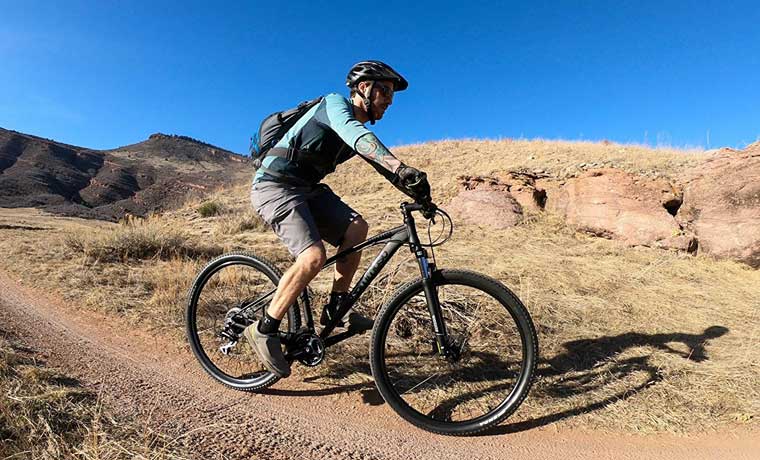
How to get started
To get started, go to the nearest trail and hop on your bike. Start with one that is short and sweet. The best advice to follow when you’re a beginner in the field of mountain biking is to shift gears often and go easy on the brakes. Gain momentum and use it properly, and always looks towards where you want to go to avoid crashes.
Alternatively, you may want to sign up to a beginner course or workshop where experienced guides will take you through the basics of handling a bike on uneven and rough terrain. You’ll learn loads of simple tips that will make your time on the trail more comfortable, safe, and enjoyable. Most trail centres offered tuition, courses or taster sessions that you can sign up to.
What to expect from your first time mountain biking
Once you’re on the trail, accidents are bound to happen. Even seasoned pros fall from time to time, so don’t be afraid to make mistakes. As long as you start off slow on a trail that is easy to follow, and you wear the right clothes and equipment, any crashes or spills that do occur will be minor. Avoiding crashes is a primary goal, but minor ones offer valuable learning experiences.
Physically, you may be surprised to learn that your arms and hands will feel worked! If you are doing a lot of downhill trails, you’ll have to grip the brakes more than your usual bike ride. These muscles are small and used infrequently and will get fatigued.
You’ll also get a good old leg workout. Not just from the uphill sections, but also from the downhills where your legs tend to be bent and braced with all your weight going through them (rather than through you butt!)
You should expect yourfirst session of mountain biking to be loads of fun. You’ll get to explore beautiful woodland trails or open countryside and go much further than you would if you were on foot. You’ll also get to feel the thrill of cruising downhill on your wheels, feeling a little like a kid again!
What to wear mountain biking
In terms of what to wear when you go mountain biking, remember that form-fitting, yet flexible clothing that is sweat-absorbent is the appropriate choice. Other than that, the three essentials that you always need to have in your MTB arsenal are:

Padded shorts
Pedalling away the day on a hard leather saddle can get rather uncomfortable. Padded shorts prevent that from happening, and they keep unwanted chafing at bay as well.
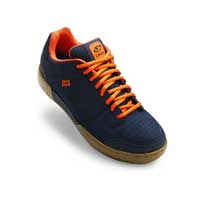
Shoes
You’ll need a comfortable pair of sports shoes with a sole that is thick, bouncy and absorbs shock. This will prevent foot fatigue and other painful complications.
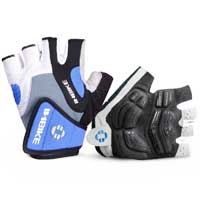
Gloves
Wearing gloves while you’re on the bike not only ensures that your hands and arms have more comfort, but it also allows you to have a better grip on the handlebars. Thus, you’ll stay protected and navigate better at the same time.
Mountain biking equipment list for beginners
Wearing the appropriate clothes mustn’t be your only concern. Equipment is even more important out on the trail, so make sure you have the right stuff. Some of the essential pieces of gear every beginner rider needs are:

Bike
The first thing you need is a sturdy and maneuverable mountain bike. There are plenty of beginner-friendly and cost-effective alternatives on the market nowadays, so choosing the best one for you should be simple enough.

Helmet
As previously mentioned, falling is inevitable when you’re just getting started on the bike. To stay safe, always wear a helmet made from a protective material such as polycarbonate.
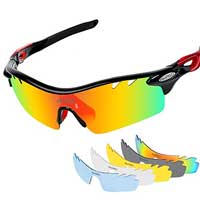
Glasses
For further ocular defense, specialized MTB goggles or glasses are a must. Don’t wear sunglasses, as they can actually impair your vision in shadowy areas. Tinted pairs are the most suitable.

Lights
As a beginner, you shouldn’t plan to ride your bike after nightfall. Nevertheless, if you want to stay safe in an unforeseen situation, always carry a bright light on hand so that you can find your way back.
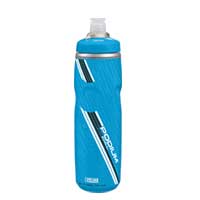
Water carrier
Staying hydrated on the trail is essential. You can either store a water bottle in a bottle cage on your bike, or wear a small and secure backpack with a hydration reservoir inside.

Repair kit
Last, but certainly not least, every beginner needs an on-the-road repair kit. To travel lightly, limit it to a multitool, all-purpose adhesive, and a portable pump.
Where to find out more
If you are interested in additional information on the topic, Feedspot has comprised the best 100 MTB blogs to follow in 2018 for the enjoyment and education of audiences from all over the world. This list put together by MTB rider and expert Norbert Korzus also offers some viable suggestions for anyone interested in some of the varieties of mountain biking out there.
You can also try performing a quick Google search to get started in the right direction. There are plenty of specialty online magazines and websites out there that will provide you with tips, handy tricks and information on bikes, equipment, trails and shops in your area. Here are the top five results that beginners might find useful:
What are the different types of mountain biking?
Depending on terrain, technique and several other factors, five main types of MTB can be identified. Here they are, in no particular order:
Cross country
The most popular variety, cross country simply means riding through trails for an extended amount of time.
Downhill
This type of ride consists of riding down the mountain, hence its name.
Dirt jump
While other types of MTB are pursued out on trails, dirt jumping happens in the dirt park. Here, riders have access to ramps for every skill level.
All mountain
Certainly the most action-packed of the bunch, all-mountain riding consists of varying terrain and other natural obstacles.
Freeride
Free riding combines downhill and dirt jumping for a trick-packed, intense experience.
Mountain biking is a wonderful activity to pursue. Depending on how much time you want to allot to it, it can be either a hobby or a sport. Regardless of how you see things, the universal rule remains that knowing what you need and what to expect is the key to success.


